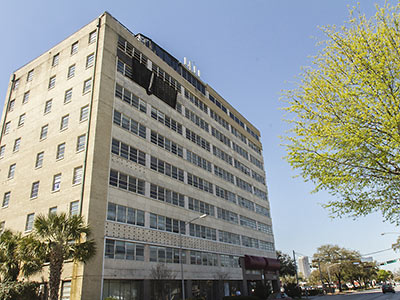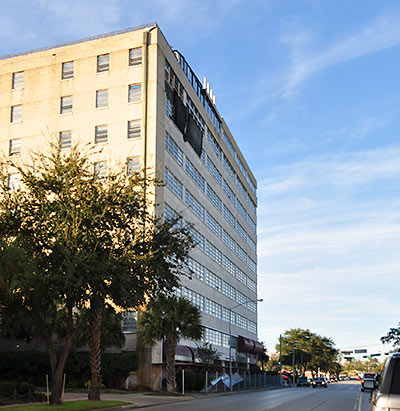COMMENT OF THE DAY: WHAT YOU REALLY MADE ON YOUR HOUSE “. . . Most people say ‘I bought it for x and sold it for y, so I made an (y-x)/x return on my house’ which really isn’t the case. That formula can tell you your total appreciation in market value, but that is not the same as your ROI.
To get closer to calculating an accurate nominal return, you need deduct the following from y: total in real estate taxes you paid while you owned the home, total expenses for repairs and maintenance, total amount of insurance premiums, the total interest and fees you paid to a lender before paying off your mortgage, and any commissions you paid to a realtor. You can then add back any income tax benefit you got for deducting your interest payments as well as any income you got from renting out all or part of your property.
If you wanted to take things to the next level you could discount these cash flows and also convert nominal dollars to real, but I think even with just doing the above exercise most people will find that they didn’t really make as much money on their house as they think they did, and unless you manage to time your purchase, sale, and hold period just right, home values really have to appreciate significantly each year for the regular homeowner to just break even on it as a pure investment.
That said, I think there are a lot of other very good arguments in favor of home ownership, including some financial ones. My point is just that if you bought a house for $100K and sold it 10 years later for $200K, you didn’t actually get a 10% annual return unless your property was tax exempt, you paid cash (and had a separate account set up to hedge inflation and compensate you for the cost of that capital being tied up for ten years), sold it yourself, didn’t buy homeowner’s or flood insurance, and never made any repairs.” [You Didn’t Earn That, commenting on Comment of the Day: What You Inner Loopers Got Wrong]
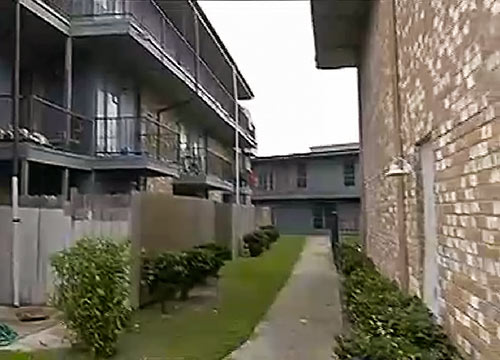
 Investor Steve Moore, who’s made a name for himself by buying up, moving into, establishing unusual rules in, cleaning up, and lowering crime rates at some of the roughest apartment complexes in Houston neighborhoods such as Greenspoint and Westwood, has a new investment (and new address) — in Sharpstown. Working with an investment group, the owner of more than 5,000 apartment units has purchased a majority interest in the Gardens at Bissonnet condos at 7400 Bissonnet St., the 200-unit complex near Fondren Rd. known as the Le Promenade condos when it was home to the La Primera gang. Moore was sought out for the purchase by the Greater Sharpstown Management District after the condo complex was put into receivership last year; a series of security measures, which included changing the property’s name, were instituted as part of a legal settlement between the county and the property’s previous owners.
Investor Steve Moore, who’s made a name for himself by buying up, moving into, establishing unusual rules in, cleaning up, and lowering crime rates at some of the roughest apartment complexes in Houston neighborhoods such as Greenspoint and Westwood, has a new investment (and new address) — in Sharpstown. Working with an investment group, the owner of more than 5,000 apartment units has purchased a majority interest in the Gardens at Bissonnet condos at 7400 Bissonnet St., the 200-unit complex near Fondren Rd. known as the Le Promenade condos when it was home to the La Primera gang. Moore was sought out for the purchase by the Greater Sharpstown Management District after the condo complex was put into receivership last year; a series of security measures, which included changing the property’s name, were instituted as part of a legal settlement between the county and the property’s previous owners.

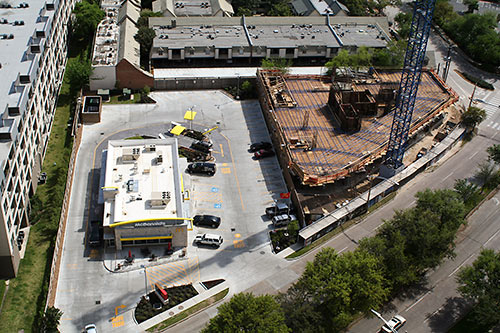
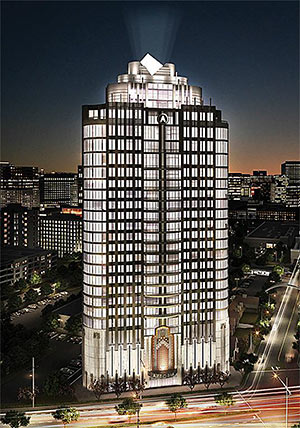
 “Before the financial crash in 2008, developers were giddy to get large lots such as
“Before the financial crash in 2008, developers were giddy to get large lots such as 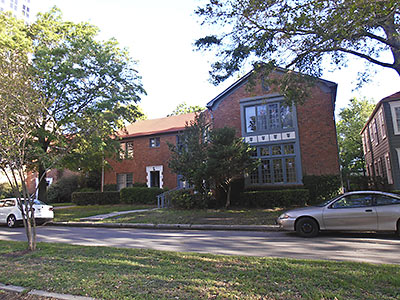
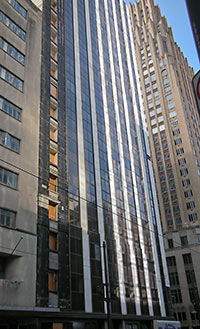 Houston Politics’ Mike Morris is reporting that city council will vote today to decide whether it will loan Pearl Real Estate up to $7.4 million toward the $81 million renovation and redevelopment of the 22-story
Houston Politics’ Mike Morris is reporting that city council will vote today to decide whether it will loan Pearl Real Estate up to $7.4 million toward the $81 million renovation and redevelopment of the 22-story 